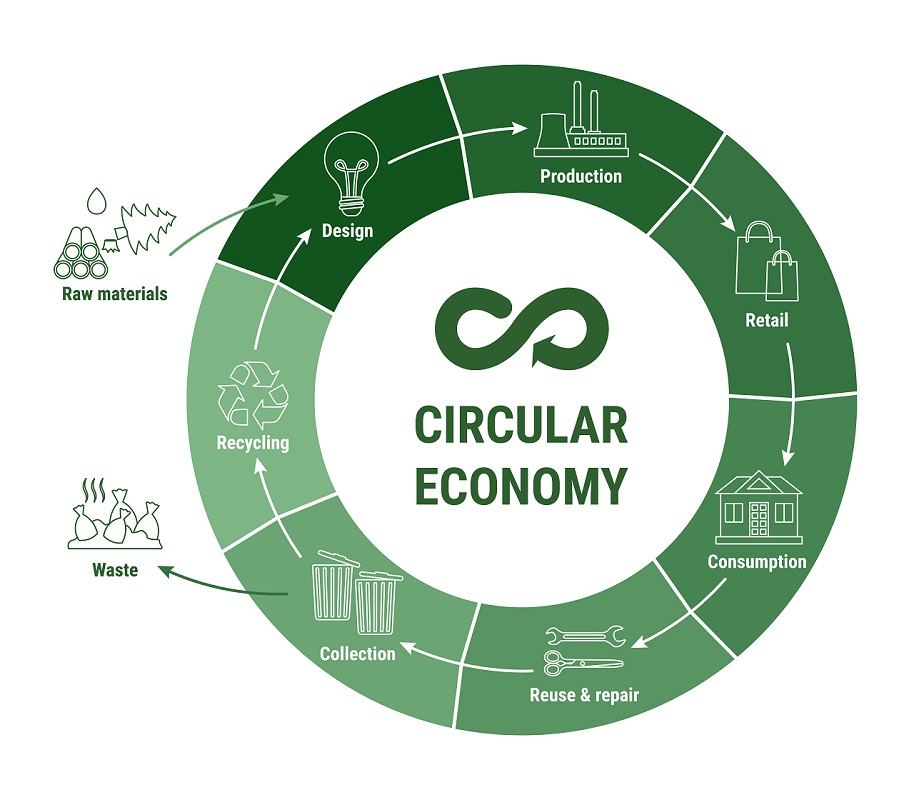
Management practices in production, waste treatment, and recycling, to reduce consumption and minimize pollution. Community Engagement and Stewardship initiatives that look into partnerships, and education programs that promote stewardship, and conservation.
Web 3.0 can facilitate peer-to-peer sharing and circular business models through decentralized platforms. For example, blockchain-based systems can enable product-as-a-service models, where consumers can access and use products without necessarily owning them, and return them for reuse or recycling. This can promote resource efficiency, reduce waste, and facilitate closed-loop value chains, fostering circular economy practices.
AI can optimize waste management processes and support circular economy practices. For instance, AI-powered sorting and recycling systems can identify and sort different types of waste materials for efficient recycling and resource recovery. AI can also enable predictive maintenance of products and assets, prolonging their lifespan and reducing waste. AI-powered marketplaces and recommendation systems can also facilitate the exchange and reuse of second-hand products, promoting circular business models.
Working Paper
Circular marketplaces: Circular marketplaces can connect sellers and buyers to facilitate the exchange of used or refurbished products, extending their lifespan and reducing the need for new production. Web 3 technologies can enable decentralized marketplaces that allow individuals and businesses to trade or sell products directly, without the need for intermediaries. Blockchain can provide transparency, trust, and authentication, ensuring that the products being sold are genuine and providing a record of their history and condition. Smart contracts can be used to automate transactions and facilitate payments, creating a seamless and secure user experience.
Renting and leasing: Web 3 can enable platforms that facilitate renting or leasing of products, encouraging the temporary use of products instead of ownership. For example, a platform could enable users to rent out their tools, equipment, or vehicles to others who need them for a short period of time, reducing the need for each individual to buy and store their own items that are not frequently used. Blockchain can be used to create digital contracts, record usage data, and automate payments, ensuring that the renting process is transparent, secure, and efficient.
Product repair and refurbishment: Circular marketplaces facilitated by Web 3 technologies can also promote product repair and refurbishment. Instead of discarding products that are broken or outdated, individuals and businesses can list them on circular marketplaces to find repair services or refurbishers who can extend their lifespan. This can help reduce waste, promote repairability, and create opportunities for local repair and refurbishment businesses to thrive.
Community-based circular economy: Peer-to-peer sharing and circular marketplaces can also foster community-based circular economy initiatives. These platforms can be localized, connecting individuals and businesses within a community or region, promoting local resource utilization, reducing transportation emissions, and creating a sense of community engagement in sustainability efforts. Community-based circular economy platforms can also facilitate the exchange of skills, knowledge, and resources among community members, fostering collaboration and social cohesion.